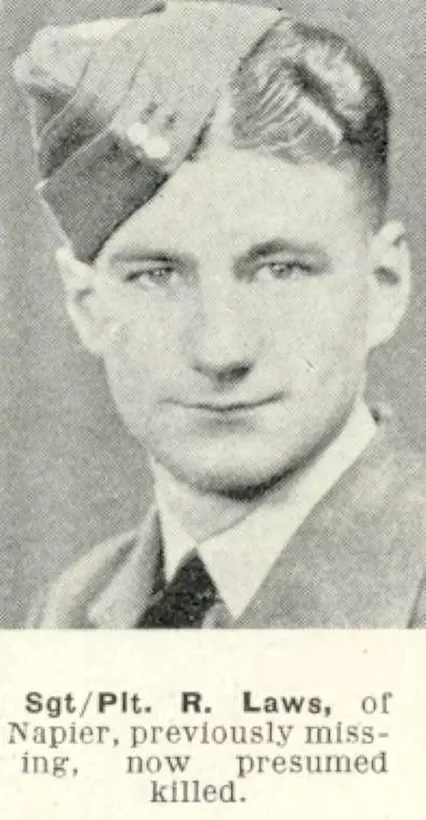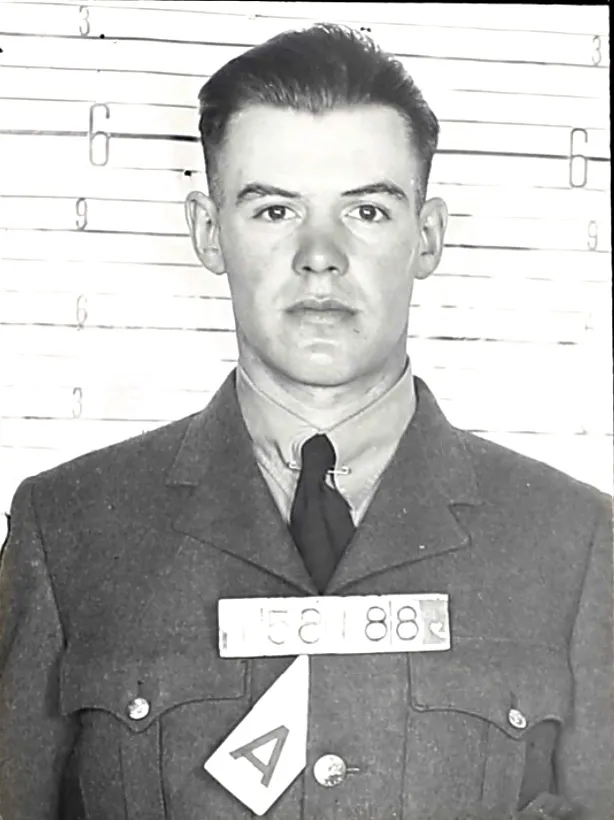Allen, Joseph Cletus (Pilot Officer)
Killed in Flying Accident 1943-August-10
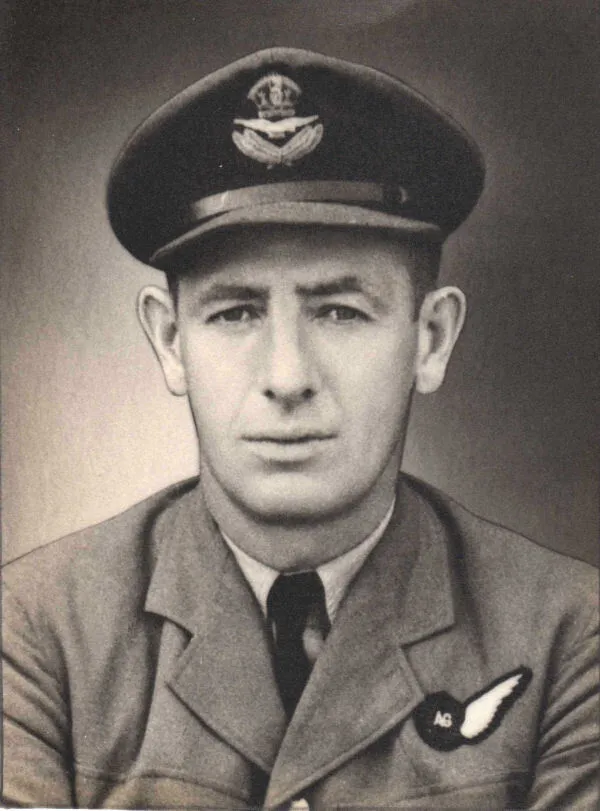

Birth Date: 1908-March-16
Born:
Parents: Son of John James Allen and Mary Agnes Allen.
Spouse: Husband of Ruby Maude Allen, of Prince Rupert, British Columbia.
Home: Prince Rupert, British Columbia
Enlistment:
Enlistment Date: unkown date
Service
RCAF
Unit
34 OTU- Operational Training Unit (RAF)
Base
RCAF Stn. Pennfield Ridge, New Brunswick
Rank
Pilot Officer
Position
Air Gunner
Service Numbers
C/6555
Crew or Other Personnel
Ventura FN973
Ventura serial: FN973
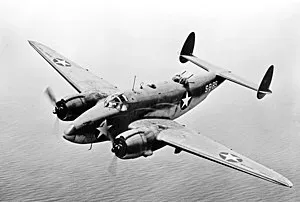
A Lockheed PV-1 Ventura
The Lockheed Ventura is a twin-engine medium bomber and patrol bomber of World War II.
The Ventura first entered combat in Europe as a bomber with the RAF in late 1942. Designated PV-1 by the United States Navy (US Navy), it entered combat in 1943 in the Pacific. The bomber was also used by the United States Army Air Forces (USAAF), which designated it the Lockheed B-34 (Lexington) and B-37 as a trainer. British Commonwealth forces also used it in several guises, including antishipping and antisubmarine search and attack.
The Ventura was developed from the Lockheed Model 18 Lodestar transport, as a replacement for the Lockheed Hudson bombers then in service with the Royal Air Force. Used in daylight attacks against occupied Europe, they proved to have weaknesses and were removed from bomber duty and some used for patrols by Coastal Command.
At the start of the war, Lockheed proposed military conversions of the Lodestar for the RAF as replacement for the Hudson reconnaissance aircraft and the Bristol Blenheim bomber. The first British order was placed in February 1940 for 25 Model 32 as bombers. This was followed by an order for 300 Model 37 with Double Wasp engines, then for a further 375 later in 1940. Lockheed needed more production capacity and nearby Vega Aircraft Corporation was contracted for building the Ventura.
The Ventura was very similar to its predecessor, the Lockheed Hudson. The primary difference was not in layout; rather, the Ventura was larger, heavier, and used more powerful engines than the Hudson. The RAF ordered 188 Venturas in February 1940, which were delivered from mid-1942. Venturas were initially used for daylight raids on occupied Europe but, like some other RAF bombers, they proved too vulnerable without fighter escort, which was difficult to provide for long-range missions. Venturas were replaced by the faster de Havilland Mosquito. The Venturas were transferred to patrol duties with Coastal Command as the Mosquito replaced them in bomber squadrons; 30 went to the Royal Canadian Air Force (RCAF) and some to the South African Air Force (SAAF). The RAF placed an order for 487 Ventura Mark IIs but many of these were diverted to the USAAF, which placed its own order for 200 Ventura Mark IIA as the B-34 Lexington, later renamed RB-34.
A total of 157 Ventura G.R. Mk. Vs were used operationally by the RCAF from 16 June 1942 to 18 April 1947 in the home defence coastal patrol role in both Eastern and Western Air Command. They were flown by 8, 113, 115, 145, and 149 Squadrons. A further 21 Ventura Mk. Is and 108 Ventura Mk. IIs were used in a training role at 1 Central Flying School, Trenton, Ontario, and at RCAF Station Pennfield Ridge, New Brunswick (RAF No. 34 Operational Training Unit) as part of the BCATP. A total of 21 Mk. Is, 108 Mk. IIs, and 157 G.R. Mk. Vs were in service during this period for a total of 286 aircraft. Wikipedia
Aircraft Images
Ventura FN973
Ventura G.R. Mk. V FN973
Ex-USN PV-1, their serial 33328. Delivered to No. 34 OTU at Pennfield Ridge, NB. Crashed into the Bay of Fundy on 10 Aug 1943, wreckage not recovered. Allocated to No. 4 Repair Depot for write off on 12 Aug 1943.Five a/c took-off for a low-level navigation cross country flight with a bombing and air firing exercise on return. Four a/c completed the exercise but the fifth, FN973 failed to return. The last communication from this a/c was received by R/T after the cross country had been completed and permission to proceed to the bombing range was requested and given. The a/c apparently crashed during a firing or bombing run.
The crew: Flight Sergeant (RNZAF) R. Laws (Pilot), P/O. R.A. Ledingham (Nav), Flight Sergeant (RNZAF) T.A. Albrey, (WAG) and P/O. J.C. Allen (AG), were declared as "missing".
Wreckage from FN973 was subsequently found by the Pennfield Crash Boat, M413 south of the Wolves. On 12 Aug 1943, the body of Pilot Officer R.A. Ledingham was picked up by fisherman south of the Wolves and was brought into Black's Harbour by the station's crash boat.
1943-06-14 Taken on Strength Eastern Air Command 2019-08-20
1943-August-10 Accident: 34 Operational Training Unit Loc: Not Known Names: Albrey | Allen | Laws | Ledingham
1944-01-20 Struck off Strength 2019-08-20
Unit Desciption
34 OTU (34 Operational Training Unit)
The Operational Training Unit (OTU) was the last stop for aircrew trainees. They spent 8 to 14 weeks learning to fly operational aircraft (Hawker Hurricane or Fairey Swordfish, e.g.). The instructors had experience in actual operations, and often were posted to OTUs after their operational tour.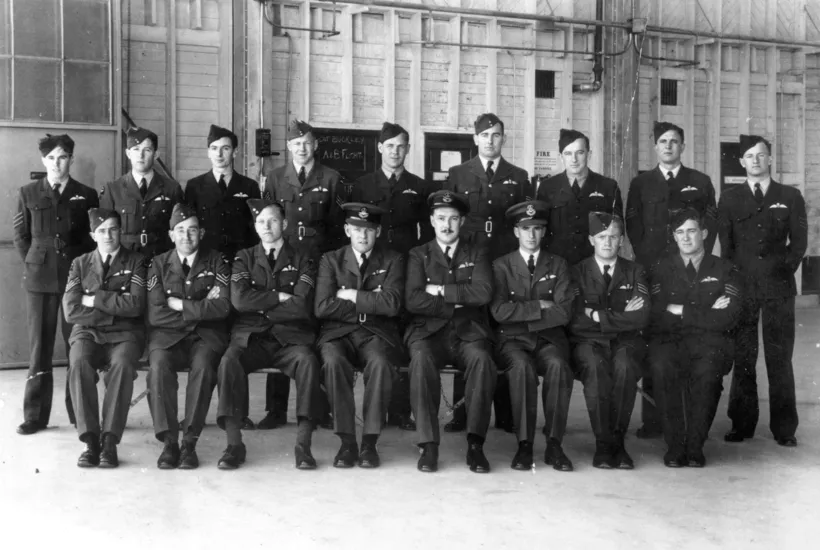
No.34 Operational Training Unit (RAF), consisting of approximately 55 Officers and 700 airmen, was sent to Canada from Gourock, Scotland on 08 April 1942 aboard the RAF Transport M/S Batory. Arriving in Halifax Harbour 16 April 1942, then put aboard a troop train to Yarmouth, NS arriving the following morning around 0800 hours. Marching into camp, which was still incomplete, they discovered no plumbing, no water, no heat and muddy roads.
Over the next three or four weeks was to be a time of roll calls, fatigues and route marches, as they had no planes and nothing constructive to do. Soon they learned a decision had been made to move the Unit to Pennfield Ridge, NB on a "temporary" bases - the move completed in three stages between May 18 and May 27, 1942.
Here at Pennfiled Ridge aircraft and aircrews started to arrive and the Unit began to do the job it was organized for - bring the four members of the aircrew (Pilot, Navigator, Wireless Air Gunner and Air Gunner) together for the first time to train as a crew in an operational training setting. Upon graduation most crews were sent overseas to Battle Squadron. The first course commenced on 08 June 1942.
On 31 August 1942 it was decided to retain the Unit at Pennfield Ridge and detach the Armament Training Wing to Yarmouth. Therefore about 250 airmen were shipped back to Yarmouth taking over Hangars No.1 & No.2 one for in-flight training and one for maintenance. The first nine courses at Pennfield Ridge received their armament training at Yarmouth before returning back to Pennfield Ridge for graduation.
Pennfield Ridge became inactive effective 30 April 1944 and disbanded effective 19 May 1944; All training, upon graduation of trainees on 30 April, was ceased. All personnel, except maintaining sufficient personnel to hand over buildings and equipment of the Unit to the Commanding Officer of RCAF Station, Pennfield Ridge, was to take place between 30 April and 19 May, 1944. Summary provided by G. Christian Larsen
Project 44 BCATP

